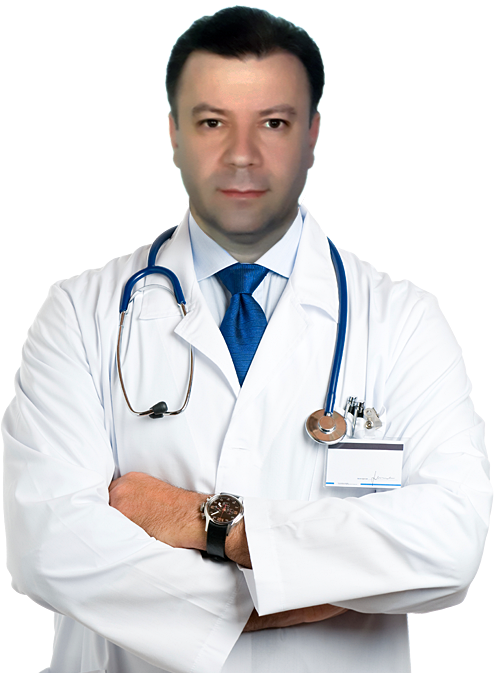Dr. Ali Stayesh
Specialist in general and subspecialty vascular surgery
Dr. Ali Satayesh graduated from Shahid Beheshti University of Medical Sciences in 1979. He has been working in the field of general surgery laparoscopy for 5 years. After two years, in 1986, they received a degree in vascular surgery. After graduating from the Vascular Surgery Fellowship, Dr. Ali Satayesh started his career as a consultant physician in the field of vascular surgery at Shahid Rajaei Heart Hospital in Tehran, and at the same time works at Bahman and Arad Hospitals in both general surgery and vascular surgery. Dr. Satayesh was one of the first emergency physicians to establish emergency medicine at Iran University of Medical Sciences after completing a postgraduate course in the United States with ten colleagues.
Digestive Tract Surgeon
Vascular Surgery
Breast Cancer Surgeon

Contact us

Shahid Rajaei Heart Hospital
After graduating from the Vascular Surgery Fellowship, Dr. Ali Satayesh started his career as a consultant physician in the field of vascular surgery at Shahid Rajaei Heart Hospital in Tehran, and at the same time in Bahman and Arad hospitals in two general surgeries. And vascular surgery.
Contact info
Tehran, Somayeh St., between Dr. Shariati St. and Bahar St., Arad Hospital
Calll ud
Telephone number +9892122568394
mail: info@drsetayesh.com
Our Services
Diseases
Articles
About Doctor

Emergency Medicine
Dr. Satyash was one of the first emergency physicians to establish emergency medicine at Iran University of Medical Sciences after completing a postgraduate course in the United States with ten of his colleagues.

General Surgery
Dr. Ali Satayesh graduated from Shahid Beheshti University of Medical Sciences in 1979. He has been working in the field of general laparoscopy for 5 years. After two years, in 1986, they succeeded in obtaining a degree in vascular surgery.

Vascular Surgery Fellowship
After graduating from the Vascular Surgery Fellowship, Dr. Ali Stayesh started his career as a consultant physician in the field of vascular surgery at Shahid Rajaei Heart Hospital in Tehran.

Shahid Rajaei Heart Hospital in Tehran
After graduating from the Vascular Surgery Fellowship, Dr. Ali Stayesh started his career as a consultant physician in the field of vascular surgery at Shahid Rajaei Heart Hospital in Tehran.

Know the digestive tract
From the moment we start chewing on a piece of food, digestion begins, and the digestive system actually begins to work. The digestive system is one of the active organs in the human body that performs its work in 4 parts: swallowing, digestion, absorption, and digestion.
After entering the stomach, food is mixed with enzymes in the stomach to break it down into simpler components. The mixture is then removed from the stomach and passed to the intestines, from where the broken-down nutrients are absorbed into the bloodstream. Foods broken down through the bloodstream are supplied to the body's cells, and foods that are not absorbed are excreted naturally. The digestive system, as one of the most important organs in the body, has its own diseases that affect many people.
About the gastrointestinal tract and related diseases, it can be said that the gastrointestinal tract begins in the mouth and continues to the end of the large intestine, where the excretion of waste products takes place. The device includes an esophageal tube that leads to the stomach, which grinds and grinds food, then into the small intestine, which is the main site of food absorption.
Two organs in the absorption help the large intestine, one in the liver, which secretes enzymes and bile to digest food, and one in the pancreas, which is responsible for softening food so that food is exposed to the cells of the small intestine and absorbed. Excess food is delivered to the large intestine, called the colon. Food water is reabsorbed in the colon and excess material is excreted.
The most important gastrointestinal diseases in Iran are divided into two categories. The first group is diseases that are not dangerous and the second group includes diseases that are dangerous.




